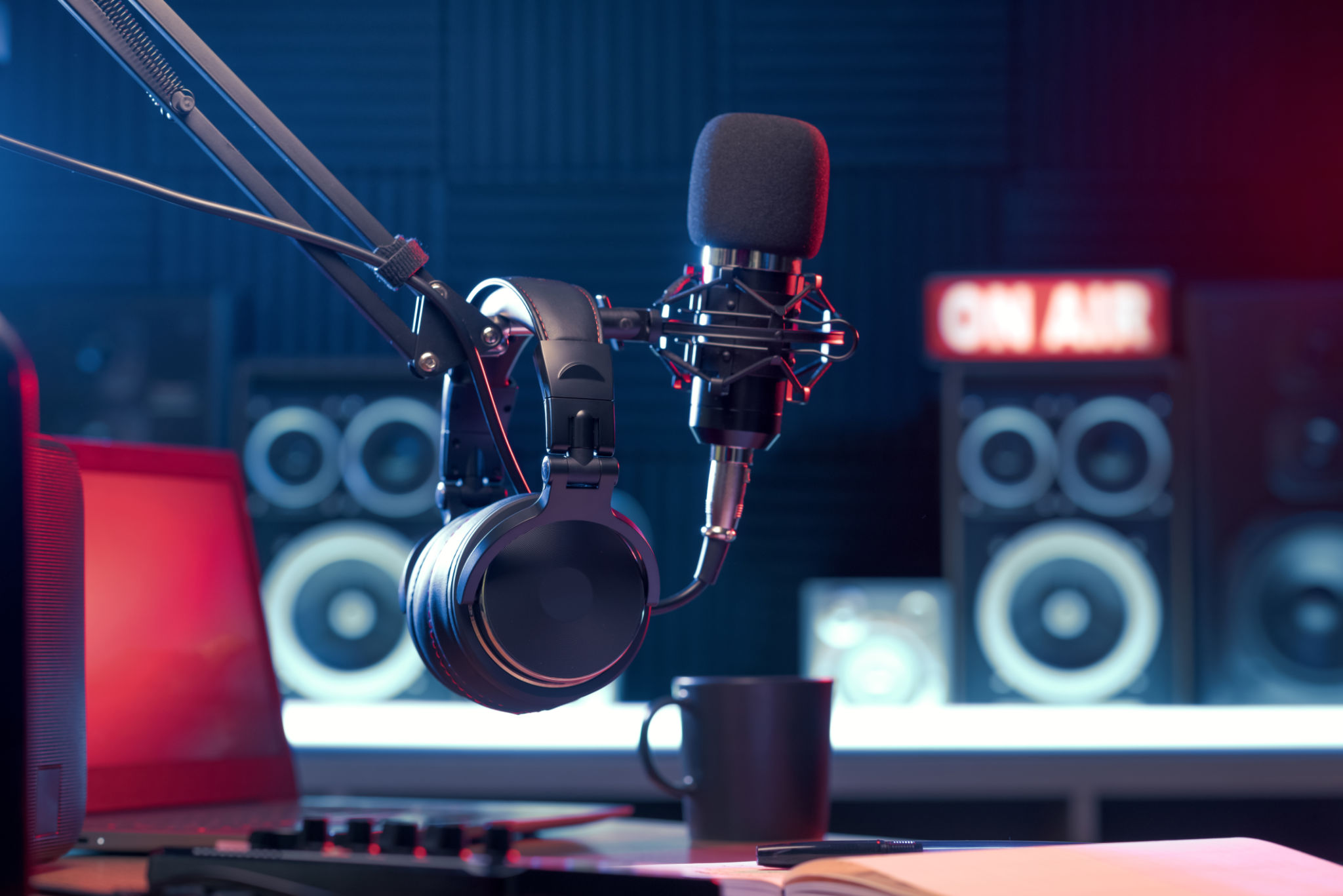Music Licensing Explained: A Guide for Independent Artists
Understanding Music Licensing
As an independent artist, navigating the world of music licensing can be daunting. However, understanding the basics is essential for protecting your work and maximizing your earning potential. Music licensing refers to the legal process of allowing others to use your music in various formats and platforms. This guide will help demystify the complexities of music licensing.
Music licensing is not just for big record labels or famous artists. Independent artists can greatly benefit from licensing their music, as it opens up additional revenue streams beyond traditional sales and streaming. By licensing your music, you allow others to use it in films, commercials, video games, and more.

Types of Music Licenses
There are several types of licenses that artists should be aware of. Each serves a different purpose, and understanding them can help you choose the right ones for your music.
Synchronization License
A synchronization license, or sync license, is required when your music is used in conjunction with visual media such as films, TV shows, or commercials. This type of license is often very lucrative and can significantly increase exposure for your music.
Mechanical License
A mechanical license is necessary when your music is reproduced on physical media such as CDs or vinyl records, or when it's distributed digitally through platforms like Spotify or Apple Music. This license ensures that you receive royalties for each copy sold or streamed.

The Importance of Performance Rights Organizations
Performance Rights Organizations (PROs) play a crucial role in collecting and distributing royalties for artists. They ensure that you are compensated when your music is played in public venues, on the radio, or streamed online.
Joining a PRO can be beneficial for independent artists as these organizations help manage the complex process of tracking performances and collecting royalties on behalf of their members. Some well-known PROs include ASCAP, BMI, and SESAC.

Steps to License Your Music
If you're ready to license your music, follow these steps to get started:
- Register Your Music: Ensure your songs are registered with a PRO to collect performance royalties.
- Choose the Right Licenses: Decide which types of licenses fit your needs and goals.
- Create a Licensing Agreement: Draft an agreement that outlines terms, rights, and compensation.
- Promote Your Music: Actively seek opportunities for licensing by networking with content creators and agencies.
By following these steps, you can effectively manage your music licenses and take control of how your work is used and monetized.
The Financial Benefits of Licensing
Licensing your music can provide significant financial benefits. Not only does it open up new revenue streams through sync fees and royalties, but it also increases your exposure to new audiences who might discover your music through different media.
Moreover, having multiple licensing deals can lead to a steady income stream, allowing you to invest more in your craft and career growth. Independent artists should view licensing as a vital component of their overall business strategy.
Conclusion
Understanding and leveraging music licensing can be a game-changer for independent artists. By taking the time to learn about different types of licenses, partnering with PROs, and actively seeking out licensing opportunities, you can protect your work and increase your earning potential. Embrace music licensing as a powerful tool to advance your career and reach wider audiences.
